In December, just before Christmas, Midjourney launched an alpha version of its latest image synthesis model, Midjourney v6. Over winter break, Midjourney fans put the new AI model through its paces, with the results shared on social media. So far, fans have noted much more detail than v5.2 (the current default) and a different approach to prompting. Version 6 can also handle generating text in a rudimentary way, but it's far from perfect.
"It's definitely a crazy update, both in good and less good ways," artist Julie Wieland, who frequently shares her Midjourney creations online, told Ars. "The details and scenery are INSANE, the downside (for now) are that the generations are very high contrast and overly saturated (imo). Plus you need to kind of re-adapt and rethink your prompts, working with new structures and now less is kind of more in terms of prompting."
At the same time, critics of the service still bristle about Midjourney training its models using human-made artwork scraped from the web and obtained without permission—a controversial practice common among AI model trainers we have covered in detail in the past. We've also covered the challenges artists might face in the future from these technologies elsewhere.
Too much detail?
With AI-generated detail ramping up dramatically between major Midjourney versions, one could wonder if there is ever such as thing as "too much detail" in an AI-generated image. Midjourney v6 seems to be testing that very question, creating many images that sometimes seem more detailed than reality in an unrealistic way, although that can be modified with careful prompting.
In our testing of version 6 (which can currently be invoked with the "--v 6.0" argument at the end of a prompt), we noticed times when the new model appeared to produce worse results than v5.2, but Midjourney veterans like Wieland tell Ars that those differences are largely due to the different way that v6.0 interprets prompts. That is something Midjourney is continuously updating over time. "Old prompts sometimes work a bit better than the day they released it," Wieland told us.
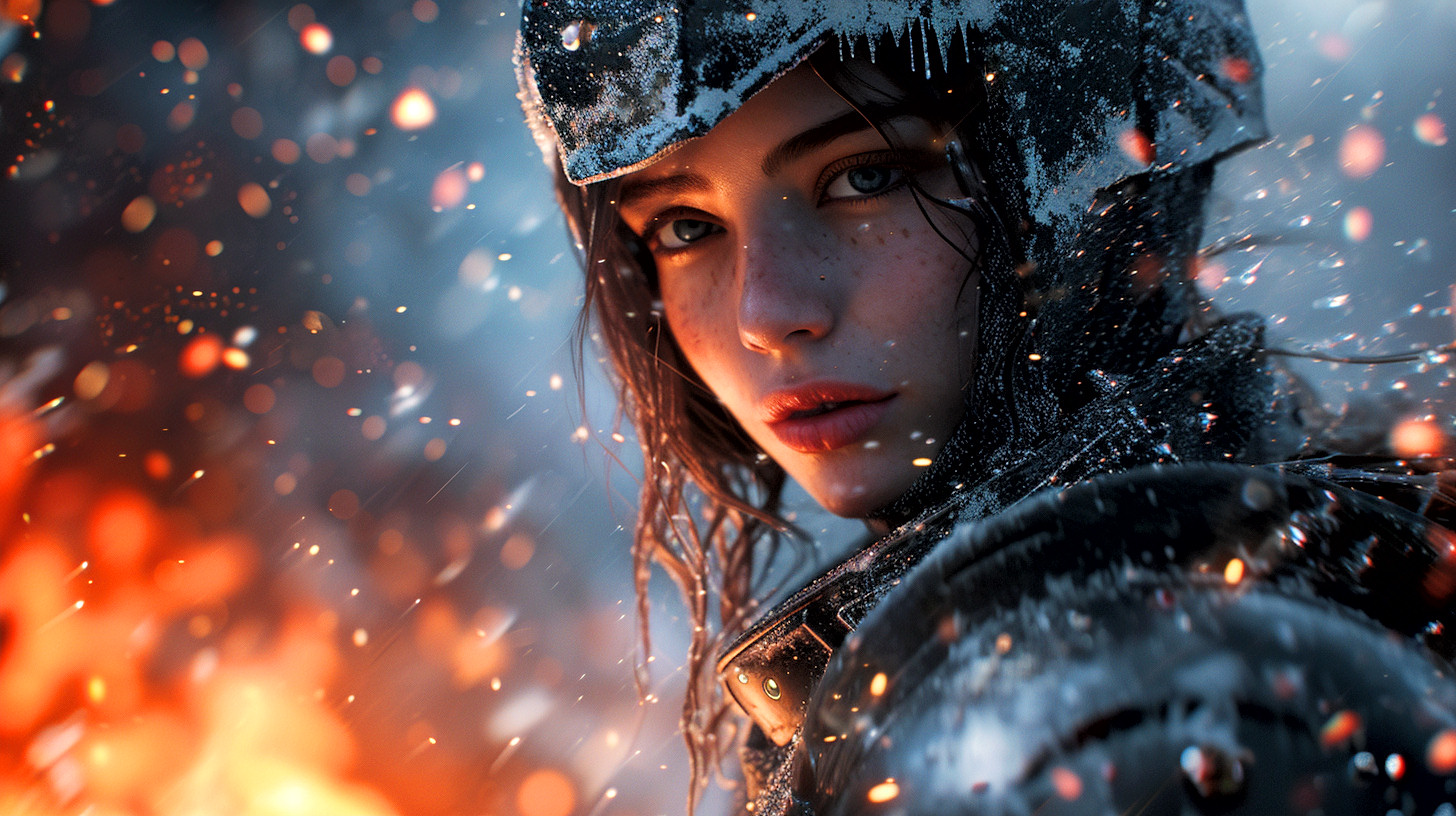

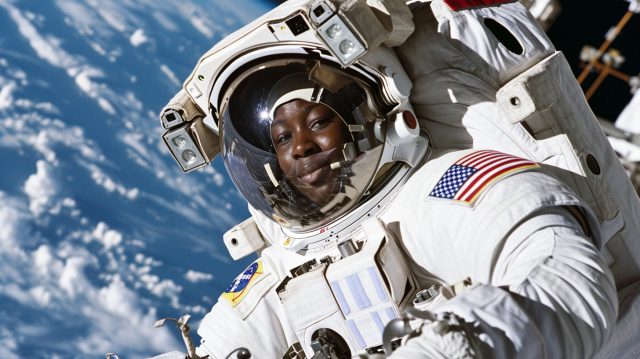
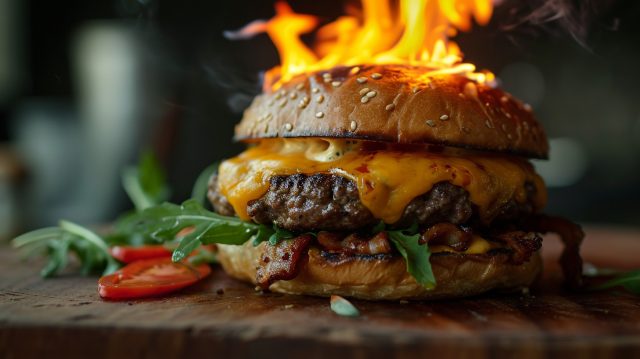



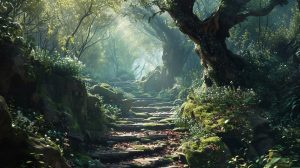
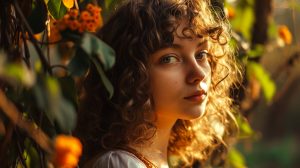
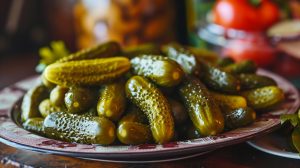
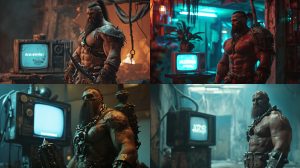
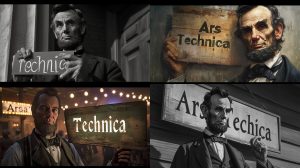
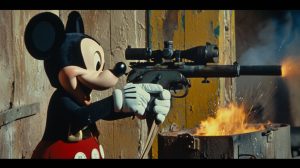

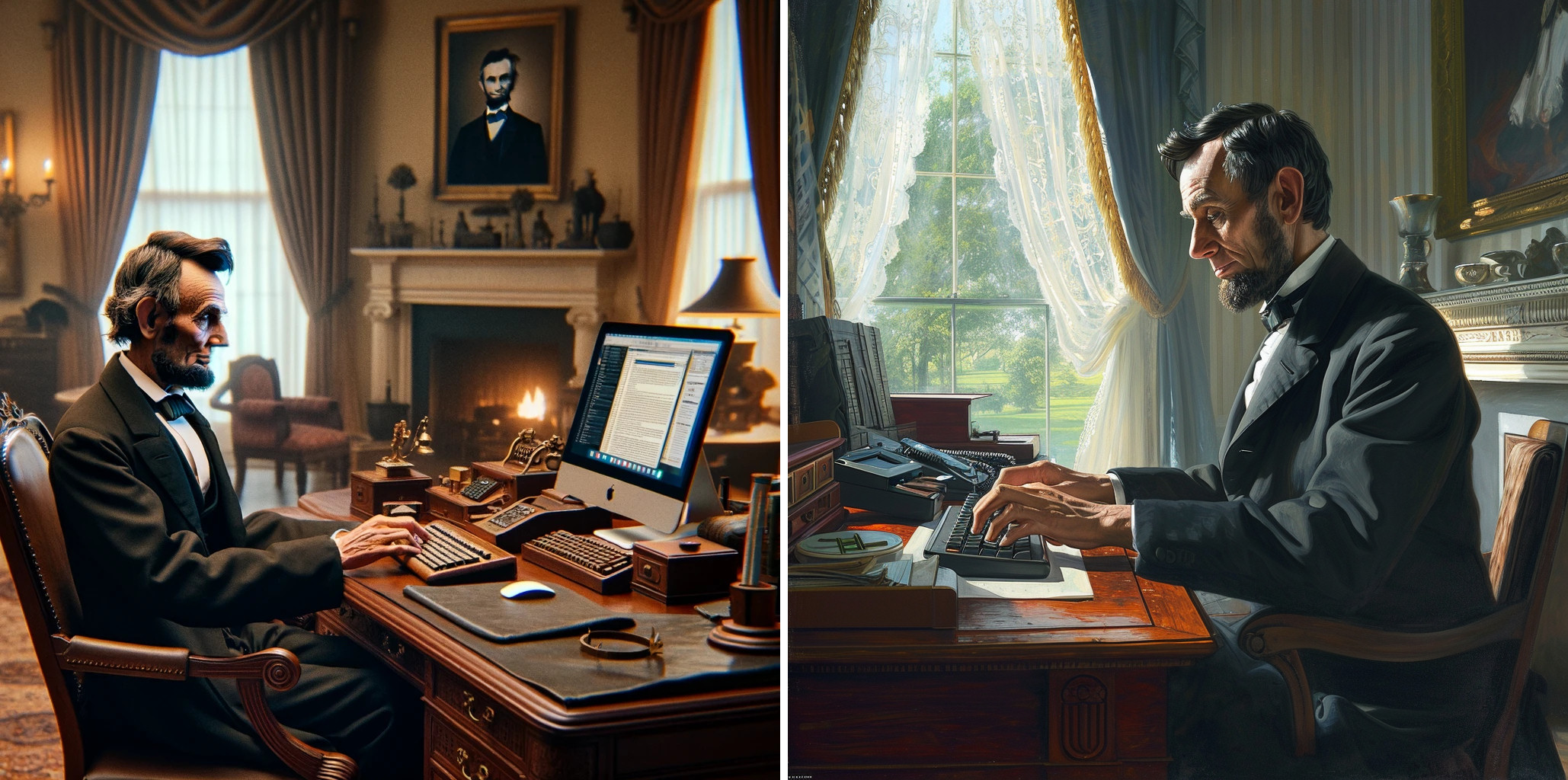




 Loading comments...
Loading comments...
